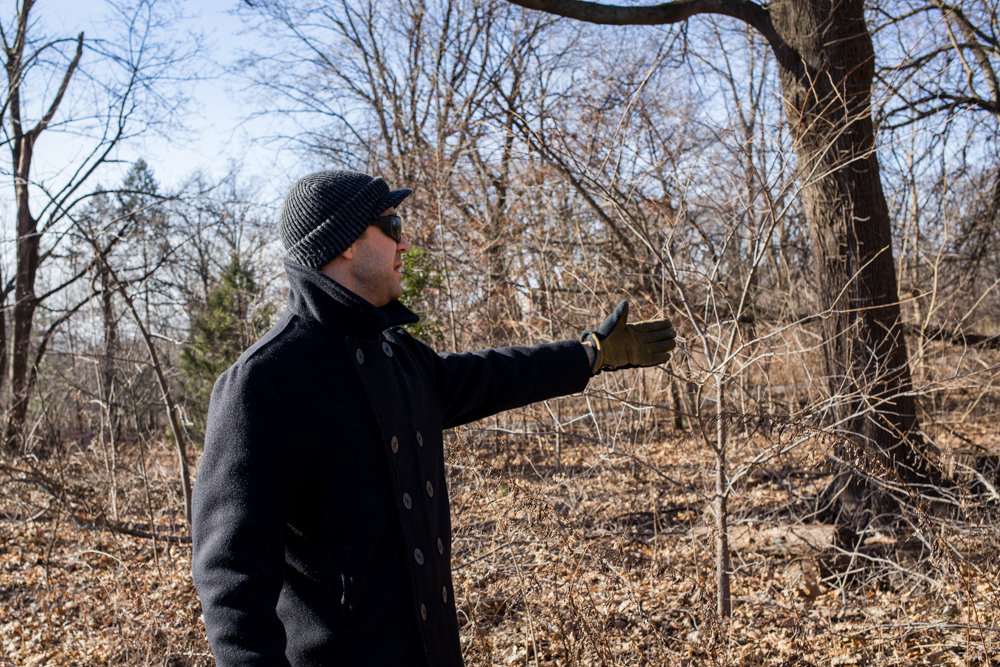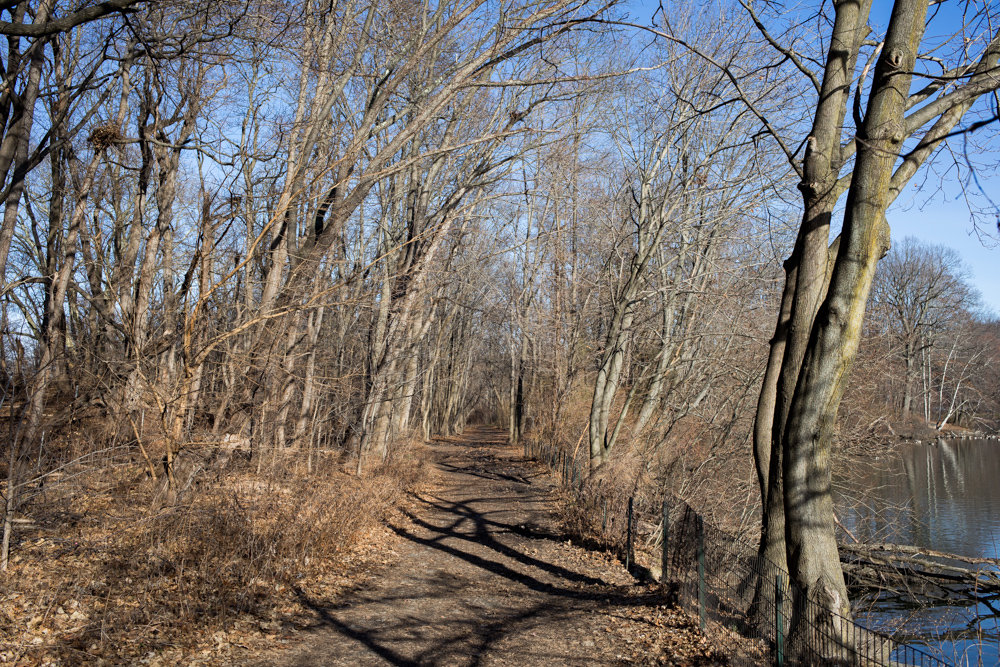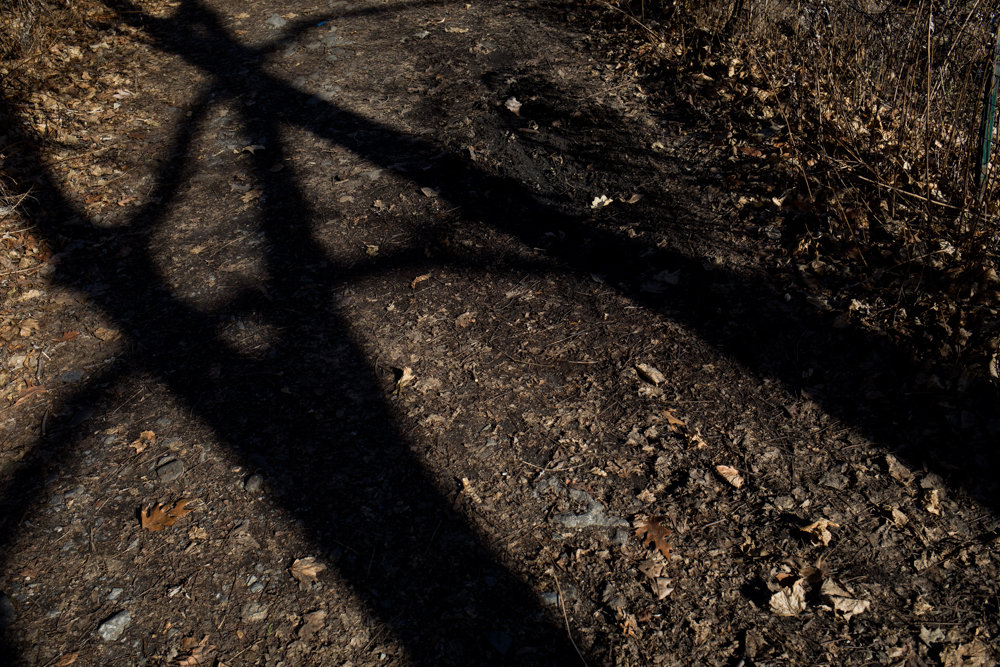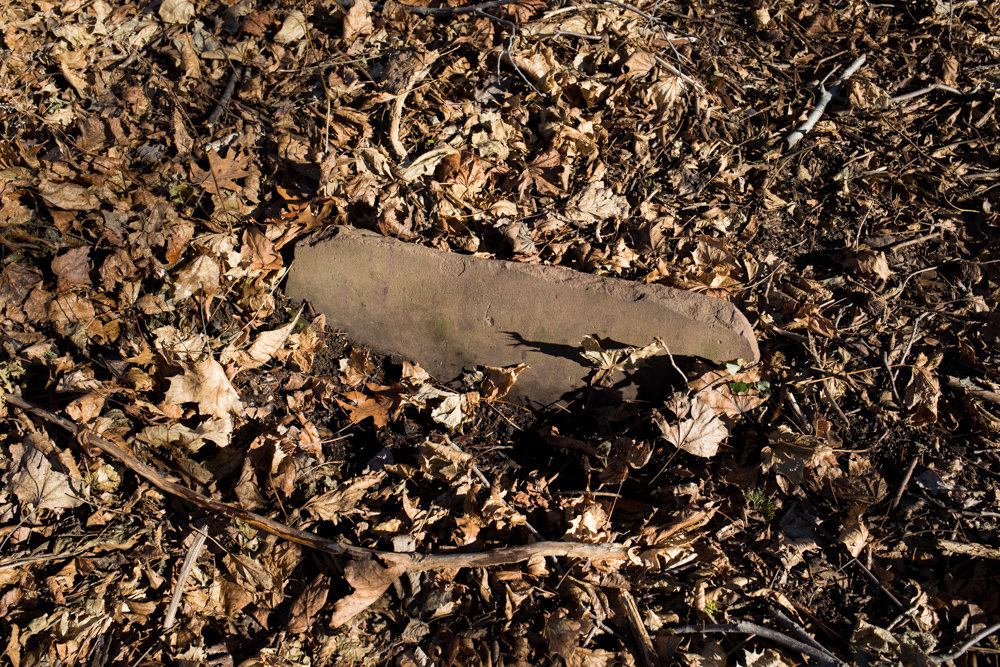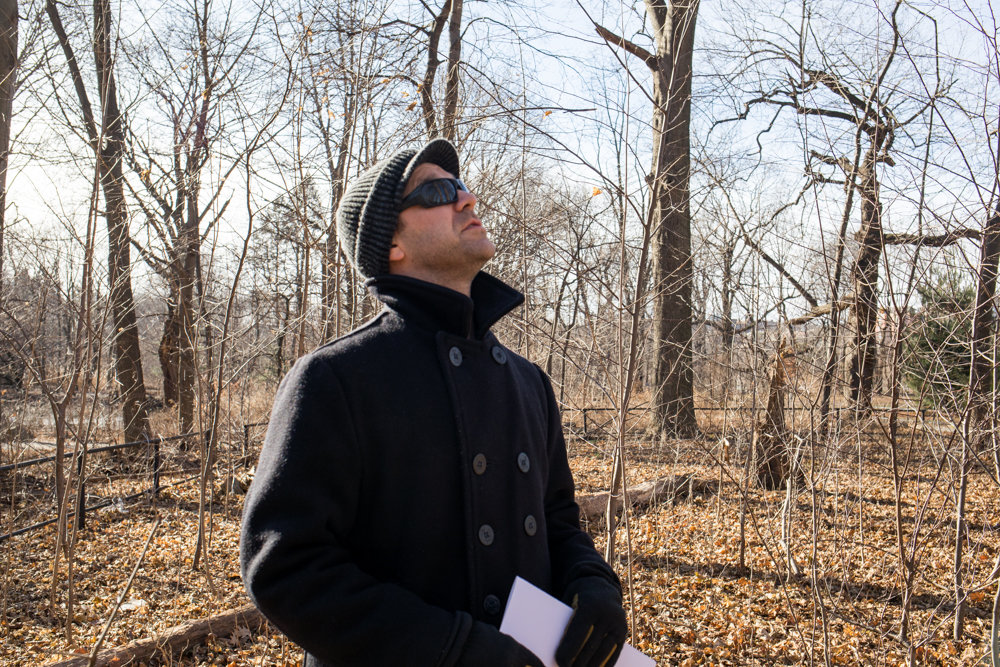Historic graves might be disturbed near paved trail
Many voices have been heard both for and against the paving of Putnam Trail in Van Cortlandt Park. But some voices lost in the commotion might belong to long-lost souls who have the most to lose from such a project.
The graves of men, women and children enslaved by surrounding property owners in the 18th century might still be found underneath the popular walking path. No one knows for certain, but Kingsbridge Historical Society president Nicholas Dembowski says there’s a pretty good chance at least some of the land around the trail is sacred.
“I’m not saying they’re going to find bodies under the trail, but it’s better to take the precaution and know than to make an assumption and lose the opportunity to learn,” Dembowski said. “If we pave it over now, we’re losing the opportunity to study it.”
The controversial paving will stretch from the northern to southern ends of the Van Cortlandt Lake, according to parks officials. Carrying a price tag of $2.7 million, the asphalt will take nearly a year to drop.
Graves were found near the trail a century ago, according to a 1905 story found in the Mount Vernon Daily Argus. A railroad was being built right through the cemetery, disturbing some of the graves that historians at the time believed contained “slaves employed on the neighboring estates.” Many of the remains were removed at the time, but it remains possible some were left behind.
“No one considered the fact that there were bodies under the trail before the decision to pave it,” Dembowski said. “It wasn’t known.”
Van Cortlandt Park officials acknowledge both the good and bad parts of the Van Cortlandt family’s history, and that includes slavery before New York became a free state in 1799.
Where those slaves were buried, however, was something that really couldn’t be confirmed until last year.
Ground-penetrating radar can be used to detect graves without any digging, Dembowski said. The detection is non-intrusive and is ideal for unmarked grave detection because it helps identify coffins, voids or movement caused by their deterioration or disturbed ground structures.
“Van Cortlandt Park is rich with history, some of which we are still working to unearth,” said Anessa Hodgson, a parks spokesperson, in a statement, adding scientists are being brought in to determine whether this part of Van Cortlandt Park is indeed a burial ground.
The Kingsbridge Historical Society has worked with the parks department to place historical markers at the burial sites since last year.
“We don’t have any information on these people except their names and how much they were worth to their owners,” Dembowski said. “Especially when you’re talking about what is thought to be an enslaved African burial ground, it’s a part of our history — at least in a hyperlocal sense — and has never been talked about. So to bury it without seeking to learn more about it seems like an opportunity lost.”
The parks department has considered these discoveries in terms of the paving and is making sure to do their due diligence before the construction.

